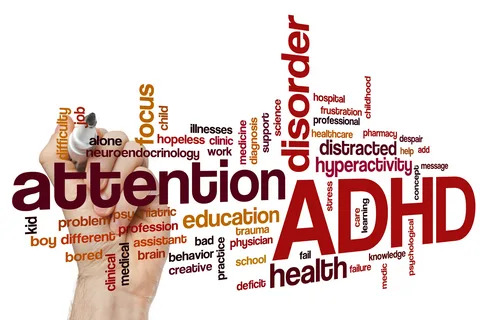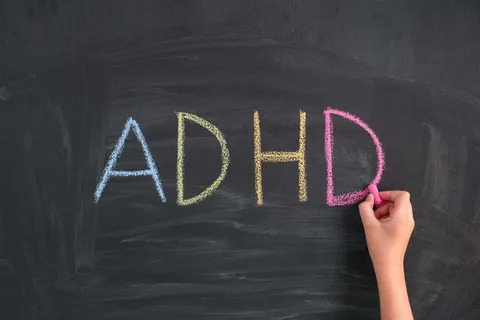Attention-deficit/hyperactivity disorder (ADHD) is a neurodevelopmental condition that affects both children and adults, characterized by symptoms such as difficulty with attention, hyperactivity, and impulsivity. While often diagnosed in childhood, ADHD can persist into adulthood, impacting daily functioning, work performance, and relationships. Effective ADHD treatment for adult, including medication, psychotherapy, lifestyle adjustments, and support networks. This article explores various treatment options, strategies for managing adult ADHD, and the importance of seeking professional guidance.
Understanding Adult ADHD
ADHD in adults presents unique challenges compared to childhood ADHD, as symptoms may manifest differently and impact various aspects of life, including work productivity, organization, time management, and emotional regulation. Common symptoms of adult ADHD include:
- Inattention: Difficulty focusing on tasks, organizing activities, and sustaining attention on activities or conversations.
- Hyperactivity: Restlessness, difficulty staying seated, excessive talking, and a sense of being “on the go” constantly.
- Impulsivity: Impulsive decision-making, interrupting others, and difficulty waiting turns in conversations or queues.
Treatment Options for Adult ADHD
Effective management of adult ADHD involves a multidimensional approach aimed at reducing symptoms, improving functioning, and enhancing overall quality of life. Treatment options typically include:
- Medication Therapy: Stimulant medications such as methylphenidate (e.g., Ritalin) and amphetamine-based medications (e.g., Adderall) are commonly prescribed to manage ADHD symptoms in adults. These medications help increase neurotransmitter levels in the brain, improving attention, focus, and impulse control. Non-stimulant medications like atomoxetine (Strattera) may also be prescribed, particularly for individuals who do not respond well to stimulants or have a history of substance abuse.
- Behavioral Therapy: Cognitive-behavioral therapy (CBT) and other forms of psychotherapy can be highly beneficial for adults with ADHD. Therapy sessions focus on developing coping strategies, improving organizational skills, managing impulsivity, and addressing emotional challenges associated with ADHD. Behavioral interventions may include time management techniques, setting realistic goals, and improving social skills.
- Lifestyle Modifications: Adopting healthy lifestyle habits can complement ADHD treatment and support overall well-being. Strategies include maintaining a structured daily routine, getting regular exercise to reduce hyperactivity and improve mood, prioritizing sleep hygiene to enhance concentration, and following a balanced diet rich in omega-3 fatty acids, vitamins, and minerals.
- Educational and Vocational Support: Adults with ADHD may benefit from educational accommodations or workplace adjustments to optimize productivity and performance. These accommodations may include flexible work schedules, ergonomic workspace modifications, and assistive technologies that enhance organization and task management.
- Support Networks: Building a strong support network is essential for adults with ADHD. This may involve joining support groups, engaging in peer support networks, and seeking guidance from family members, friends, or mentors who understand the challenges associated with ADHD.
Choosing the Right ADHD Treatment Plan
When developing an ADHD treatment plan for adults, it is essential to work closely with a healthcare professional, such as a psychiatrist, psychologist, or licensed therapist, who specializes in ADHD. Consider the following factors when selecting a treatment plan:
- Comprehensive Evaluation: A thorough evaluation by a healthcare provider will help determine the most appropriate treatment approach based on individual symptoms, medical history, and personal goals.
- Personalized Approach: Treatment plans should be tailored to address specific symptoms and challenges faced by each adult with ADHD, taking into account their unique strengths and needs.
- Regular Monitoring: Regular follow-up appointments with healthcare providers allow for ongoing assessment of treatment effectiveness, adjustment of medications if necessary, and evaluation of progress in achieving treatment goals.
The Role of Therapy in Managing Adult ADHD
Psychotherapy, particularly cognitive-behavioral therapy (CBT), is instrumental in helping adults with ADHD develop practical strategies to cope with symptoms and improve daily functioning. CBT sessions focus on identifying negative thought patterns, improving time management skills, enhancing organizational abilities, and addressing emotional regulation difficulties. By learning effective coping mechanisms and behavior modification techniques, adults with ADHD can experience significant improvements in managing symptoms and achieving personal and professional goals.
Conclusion
Effective treatment for adult ADHD involves a holistic approach that integrates medication, psychotherapy, lifestyle modifications, and support networks. By addressing ADHD symptoms comprehensively and developing personalized strategies for symptom management, adults can improve their overall quality of life, enhance productivity, and cultivate healthier relationships. Seeking professional guidance from healthcare providers who specialize in ADHD is crucial for developing a tailored treatment plan that meets individual needs and promotes long-term well-being.








